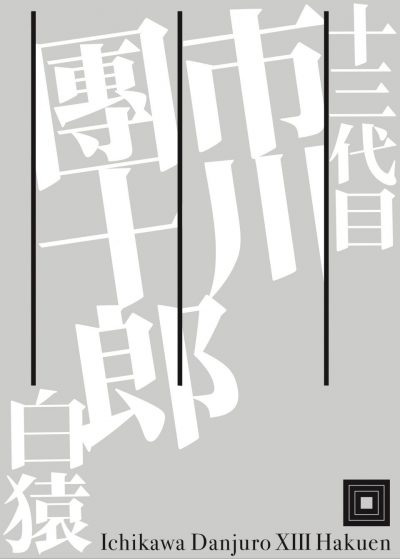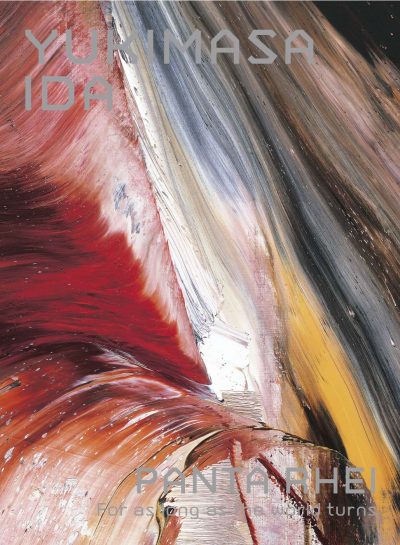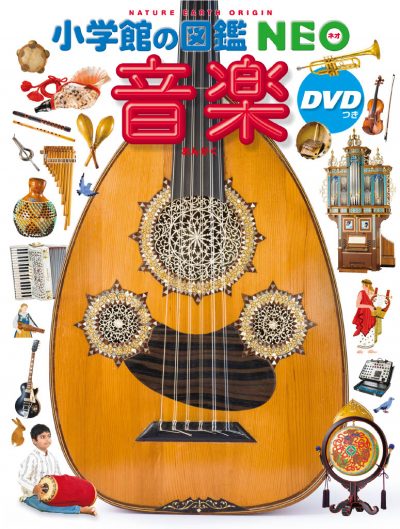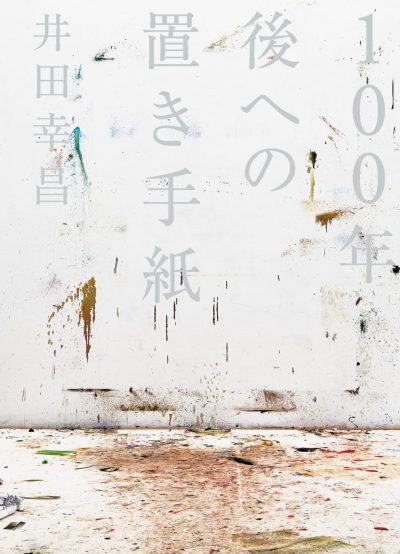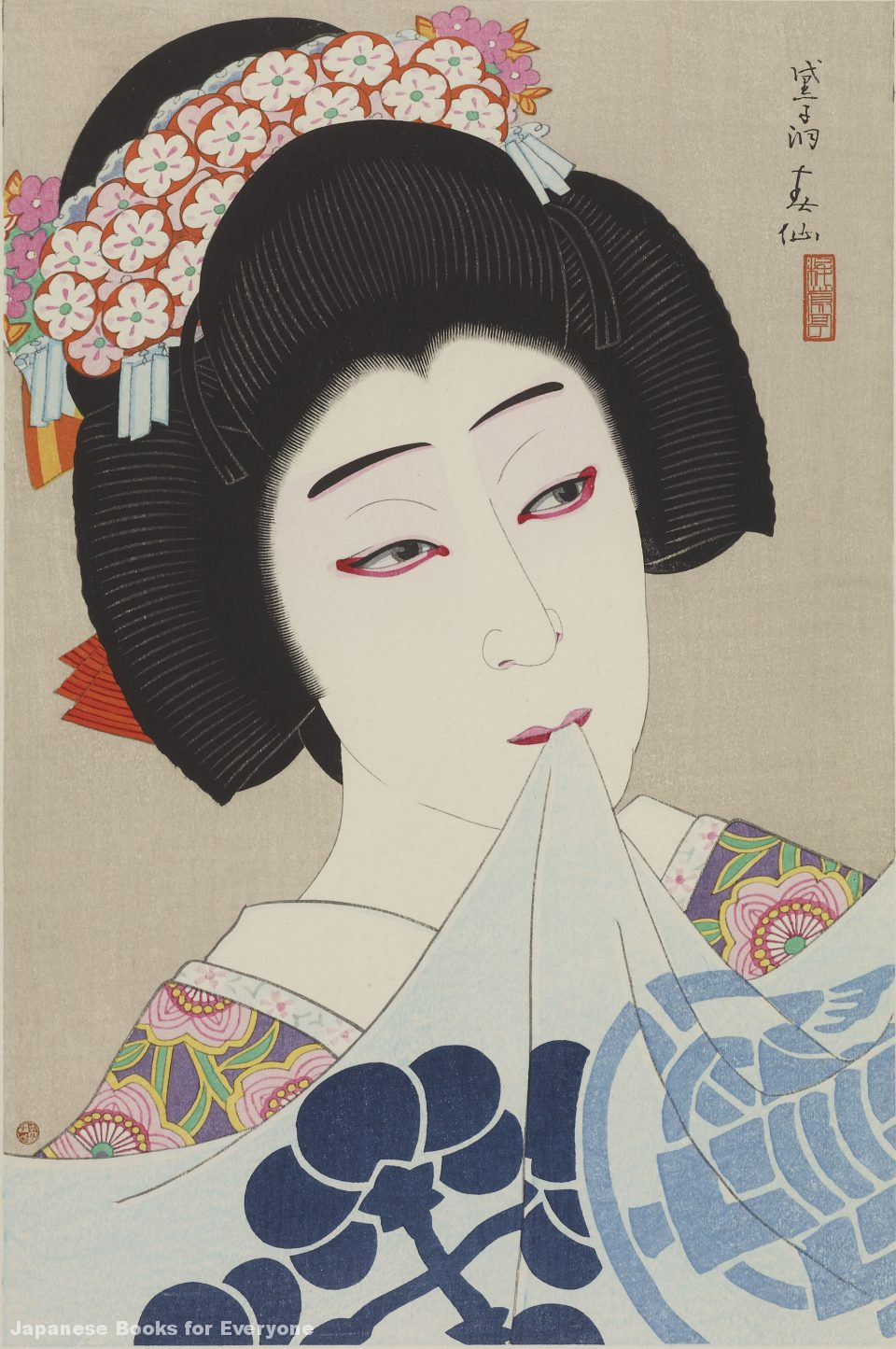
Kabuki
Waseda University’s Tsubouchi Memorial Theater Museum – aka “ENPAKU”


Theater culture in Japan and in the West has changed dramatically over the past few decades. Kodama Ryuichi, Vice Director at Enpaku, believes that modern drama enthusiasts are travelling to Japan expressly to enjoy the traditional stage arts now more than ever before. “I feel like foreigners are putting much more in-depth information together,” he explains, “they come to watch Kabuki precisely because they watch plays in their own country.” He admits that modern Japanese theater-goers have been watching Kabuki almost as if they, themselves, were foreigners since the 1980s. “That was exactly what people like Kabuki actor Kanzaburo Nakamura XVIII were most uneasy about,” he says, “that people would stop coming because they were watching as if they were foreigners. That meant that stretching the foundations of the Kabuki world has been a question of how to make it understandable even for foreign audience members.”
Because theater has taken root as a lifestyle in the West much more so than in Japan, Kodama believes that foreign travelers are more willing to put in the effort it takes to truly enjoy a traditional play. “I really think that Japanese people who go as far as Broadway in London to watch a show just want to know what is authentically “Broadway” in comparison to Japanese musicals. One doesn't need a guidebook to understand or enjoy such forms of theater. I think that's why a lot of theater lovers are traveling to London to see more accessible forms of theater these days. But, I feel like even for Japanese people, it takes a lot of effort to watch Kabuki. To best enjoy it, you need to prepare a little bit—maybe even read a book—to familiarize yourself with the story, history, and language. Those who are coming to Japan to watch kabuki are overwhelmingly Europeans and Americans.”
For those interested in learning more about Kabuki and other forms of traditional Japanese theater, Kodama recommends his new, bilingual book entitled Japanese Entertainment: Enpaku’s Treasure Box of Kabuki and Bunraku as well as the monthly Kabuki-centered magazine Engeki-kai, which will celebrate its 111th anniversary this September.
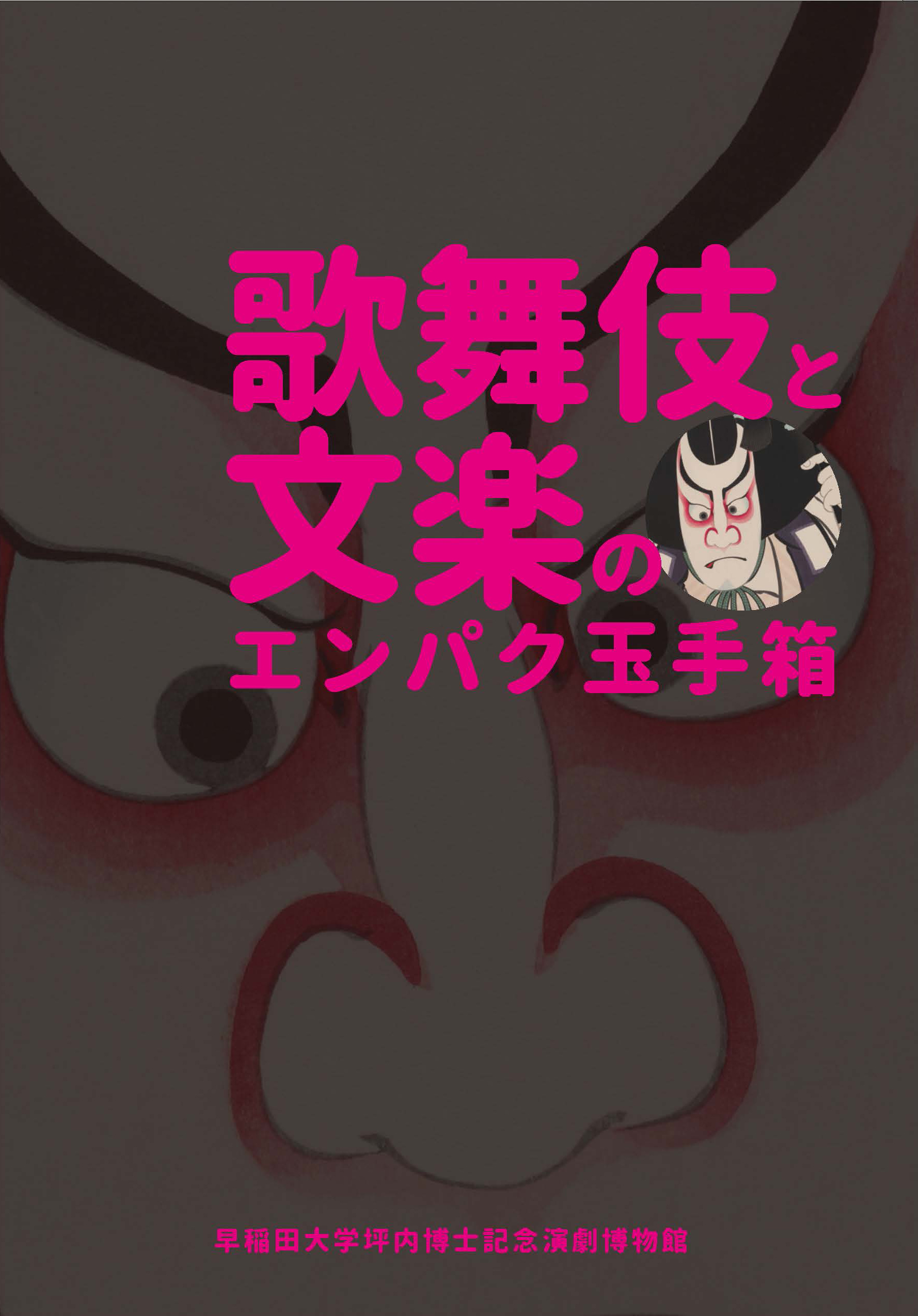
Japanese Entertainment: Enpaku’s Treasure Box of Kabuki and Bunraku
A Bilingual Kabuki Guide Made in Collaboration with Engeki-kai
Since the Edo period (1603-1867), Kabuki and Bunraku have become a mainstay of Japanese popular entertainment. Japanese Entertainment: Enpaku’s Treasure Box of Kabuki and Bunraku provides an introduction to the history of these traditional performing arts both on and off stage. This compact guide was published in commemoration of Waseda University’s Tsubouchi Memorial Theatre Museum’s (aka “Enpaku”) 90th anniversary, and features pieces carefully selected from the museum’s extensive collection. This special edition contains valuable writings and Ukiyo-e prints by Tsuruya Nanboku, and can also serve as research material. The illustrated book was completed in collaboration with Japan’s longest running performance arts magazine Engeki-kai, or “The World of Theater.”
Photos by Waseda University's Tsubouchi Memorial Theater Museum. Reported by Devon Lois Duncan.



